1. Royal Worcester and Crown Staffordshire artist/anniversary editions
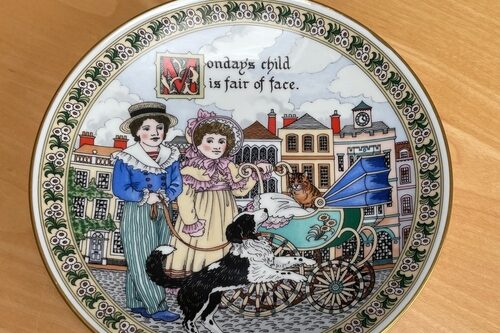
Porcelain plates and plaques from long heritage makers sometimes hide artist-limited or anniversary editions behind familiar patterns. Royal Worcester and Crown Staffordshire have produced small-run commemorative or artist-signed editions that differ from their mass production lines. If you’re used to spotting their classic backstamps for authenticity, you may miss a secondary mark indicating a limited artist series. That subtlety is how a decorative plate or plaque can be rarer than its appearance implies.
When a company celebrates an anniversary or commissions an artist series, the output is frequently capped and numbered for collectors. Buyers who think “family heirloom china” might actually be holding a short-run commemorative. Specialist catalogs and maker records often document these editions, but they aren’t obvious on sight. So a plate on your wall could be a quiet little rarity waiting to be checked.
2. Blenko “West Virginia Day” and anniversary glass

A colorful handblown vase can read like everyday vintage décor, but Blenko’s state and anniversary pieces are intentionally constrained. The company has produced annual commemorative pieces tied to West Virginia Day and other events, with production tied to commemorative criteria rather than mass runs. People often buy a Blenko because the color and shape fit their shelf, not because they saw a little “limited edition” note. That’s why a cheerful retro vase can quietly be one of a very limited number.
Blenko’s production practices — small batches, color trials, and commemorative issues — create real scarcity for certain years and shapes. Many of their pieces were studio-style runs rather than continuous mass manufacture, which matters to collectors. Someone inheriting a living-room centerpiece may be surprised to find it cataloged in collector guides. The visual familiarity masks the production history, and that’s why it can sneak past casual buyers.
3. Lladró limited-run figurines
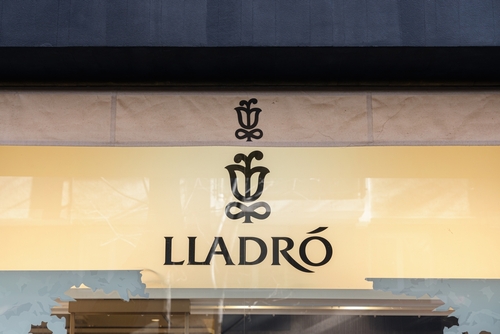
Lladró is synonymous with porcelain softness, and their limited editions hide in plain sight as pretty objects. The company periodically issues numbered editions or artist-series releases that are specifically capped, yet many buyers just buy what appeals. Unless you check the base for a stamped edition number or certificate, a piece looks identical to a non-limited production run. That’s a neat trap: beauty that reads like mass production while actually being intentionally scarce.
Collectors pay attention to edition stamps, series names, and artist signatures on Lladró bases because those marks determine rarity. Casual decorators rarely look there, so a figurine can travel houses without anyone knowing its limited status. When the market notices a limited Lladró is scarce, prices can rise quickly. The surprise factor comes from how unremarkable they appear while actually being part of small runs.
4. Royal Doulton commemorative and coronation figurines
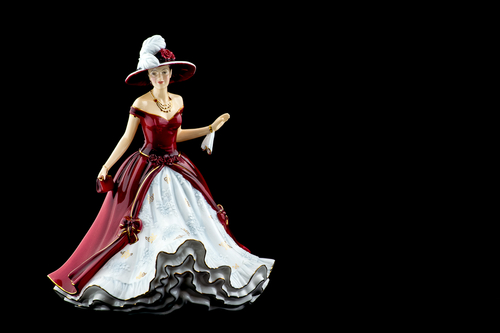
A porcelain figure with a crown or sash can just look like “porcelain lady” until you check the backstamp. Royal Doulton issued commemorative figurines tied to royal events and anniversaries that were produced in limited editions for collectors. Many people received these as gifts and displayed them without realizing they were part of a commemorative run. That casual display is why so many limited Doulton pieces have lived ordinary lives for decades.
If you’re inspecting one now, look for a backstamp and any accompanying certificate or box wording. Those little documentary clues are what separate a decorative piece from a collector-targeted limited edition. Museums and auction catalogs reference these marks when establishing provenance. So what looks like a regular mantel ornament might actually have a defined, limited production story behind it.
5. Le Tallec (Limoges) painted porcelain patterns
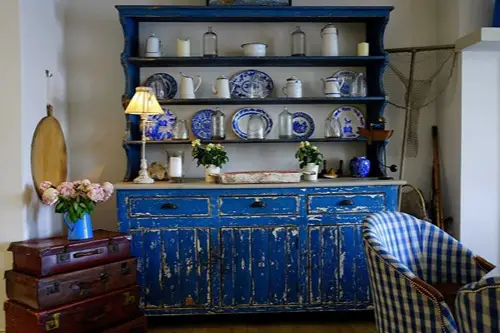
A handpainted Limoges plate can look like generic fine china, but Le Tallec pieces often carry pattern names and limited production contexts. The Le Tallec atelier produced bespoke and pattern-limited services and occasionally numbered or commissioned editions for clients that are narrower in scope than standard factory lines. Many buyers think “Limoges” equals mass high quality and don’t investigate artist or atelier markings. That lack of attention is how limited Le Tallec patterns remain under the radar.
Those in the tea-plate and porcelain collector communities watch for atelier stamps, pattern names, and any documentation because those determine scarcity. A pattern commission for a store or a collaboration with a jeweler or fashion house can mean a short run. If you own a painted plate, the tiny markings on the reverse are the keys to its story. The surprising part is that decorative beauty often hides the production history in tiny stamps and signatures.
6. Franklin Mint and Bradford Exchange collector plates
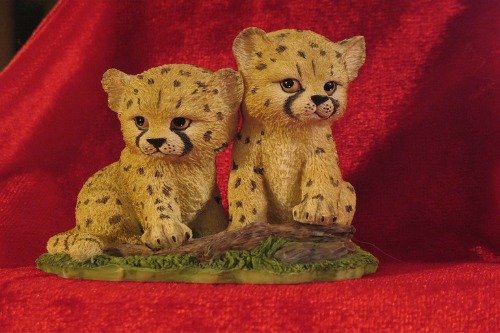
Wall plates that narrate scenes or commemorate events are classic examples of “looks-everyday, is-limited.” Companies like Franklin Mint and Bradford Exchange have historically released collectible plate series in numbered editions marketed to collectors, though the limited status can be printed small and missed by casual buyers. Many people hang one because it matches décor or a pastime, not because they read the fine print on the rim. That quiet small-print marketing is why lots of decorative plates turn out to be numbered runs.
Collectors track series numbers, release years, and certificate inclusions for these plates, which means provenance is discoverable but not obvious. Without that attention, a decorative plate can circulate like ordinary dinnerware. Auction results for certain series show the difference between mass and limited runs, which is why collectors care. The takeaway: a plate that looks like décor can be a deliberately limited collectible in disguise.
7. Moomin Arabia seasonal mugs
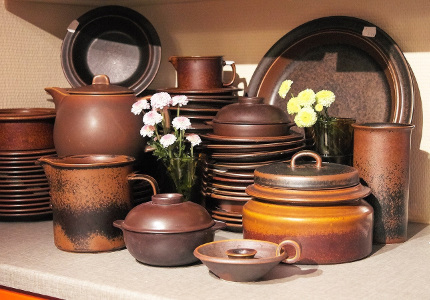
You probably own one because it’s cute, not because you were hunting a collectible. Arabia’s Moomin mug program releases seasonal and special designs that are often produced as limited or seasonal runs tied to a year or event, so some are rarer than they look. Many people buy them as practical cups or holiday gifts and only later discover collectors track exact release years and rarities. That quiet collector system is why a seemingly ordinary mug can be a hidden limited edition.
If you’ve ever held one and thought “this is special,” you were right to trust that instinct. The designs change each season and some are retired, which is what creates scarcity over time. Casual owners usually display them or use them without knowing there’s a community comparing release lists. That mismatch between everyday use and collectors’ attention is exactly how limited editions go unnoticed.
8. Bitossi signed or artist-numbered ceramics
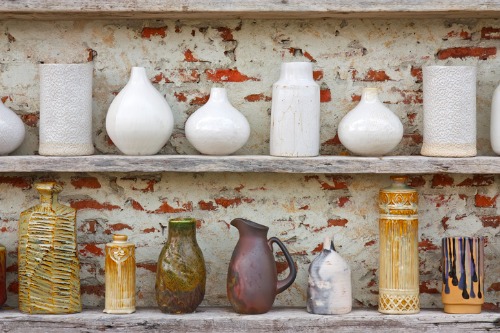
Beautiful midcentury Italian ceramics don’t all scream “limited edition,” yet Bitossi and similar ateliers sometimes released signed, small-run pieces. Studio signatures, hand-inscribed edition numbers, or collaboration stamps turn a decorative vase into a tracked collectible. Most people buy Italian ceramics because of form, glaze, or midcentury character, not because they studied the maker’s release policies. That’s how signed Bitossi pieces slip past mainstream notice and end up being pleasant surprises for later owners.
When the artist or studio hand-signs and numbers a piece, that information is the clue to its limited status. Market interest often follows the artist’s signature rather than the style alone. If you find a discreet numeric mark or hand signature on the base, it’s worth cataloging. The modest studio markings are what make a shelf accent potentially rare.
9. Rookwood Pottery artist-series vases and lamp bases
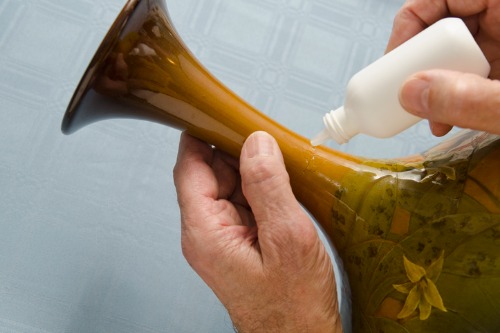
Rookwood’s golden era included many artist-decorated items that were not mass-produced in perpetuity. Certain artist series and exhibition pieces were created in limited numbers or as numbered artist proofs. Casual buyers tend to view Rookwood items as decorative pottery and might never consult artist or edition marks on the underside. That’s why a lamp base or vase that looks like a common antique could actually be from a small, curated artist run.
Collectors and museums rely on artist initials, marks, and production records to establish a Rookwood piece’s edition context. Finding a decorator’s initials or a special commemorative backstamp can change how a piece is cataloged. Most households don’t keep the research files that collectors do, so the limited nature remains hidden. That quiet documentary gap is the core reason many Rookwood items surprise new owners.
10. Ted Noten limited brooches and object jewelry
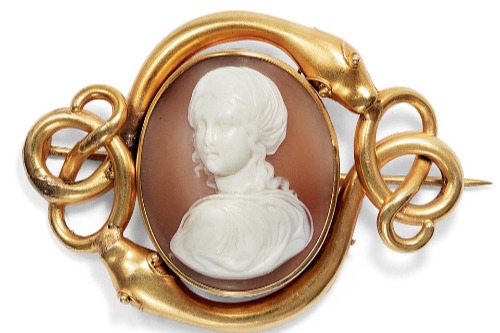
What looks like an oddball brooch in a vintage box can be contemporary art jewelry made in strictly limited editions. Ted Noten’s conceptual jewelry and small objects were often released in tiny numbered editions as part of gallery projects and series. People sold or gifted these pieces as fashion statements rather than art editions, which is why their limited status can be overlooked. The crossover between wearable décor and collectible art is how limited runs slip into everyday wardrobes.
If you see an unusual mixed-media brooch with a discreet number or gallery mark, assume there may be an edition story. Galleries and artist catalogs document such releases, but the pieces can circulate without that context. Collectors treat them like miniature sculptures, while others treat them like accessories. That dual life explains how limited edition jewelry can be one of the most stealthy categories of decorative objects.
11. Jeff Koons Limoges porcelain miniatures and artist editions

Miniatures of famous contemporary sculptures aren’t always obvious collector items when scaled down as decorative objects. Jeff Koons’ studio has produced small porcelain iterations and artist-authorized objects that were sold as limited or numbered editions distinct from his large stainless-steel works. Someone finding a porcelain “balloon” or similar piece may think it’s a souvenir rather than a numbered artist edition. That mismatch between form and provenance is why modern-art miniatures can be low-visibility limited editions.
Art world releases usually include a certificate, artist stamp, or gallery invoice that reveals the edition status. If those papers are missing, the object still carries the attribution marks that collectors look for. Casual owners rarely cross-check gallery release lists against their little porcelain dogs. That’s why a tiny objet d’art can quietly be part of a restricted artist run.
12. Lalique limited perfume and crystal presentation editions
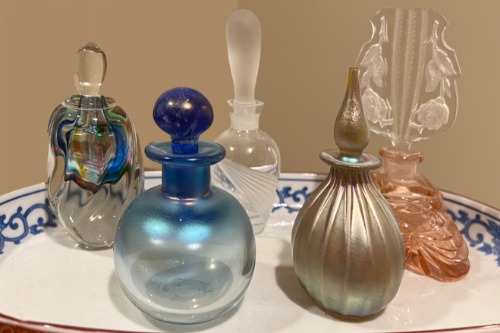
Lalique’s crystal perfume bottles and presentation items are often produced for special launches or in limited collector editions. A pretty frosted bottle on a dressing table can be a factory special rather than an open production piece. Buyers who inherit or thrift Lalique sometimes miss the special edition tag or the original box that indicates a limited presentation release. That’s how a glamorous object intended for display can hide a defined edition story.
When Lalique makes a limited presentation bottle, they document it with numbered boxes or certificates intended for collectors. Without those items, the piece still carries maker marks and model numbers that can be researched. Most decorative users don’t pursue that paperwork, so the limited nature remains unremarked. The effect is the same: an elegant object that looks ubiquitous but isn’t.
13. Waterford annual or special-run crystal ornaments and holiday pieces

Crystal ornaments and holiday motifs feel disposable and seasonal until you discover some were issued in short, dated runs. Waterford and similar crystal makers have released annual or special limited ornaments and presentation items meant for collectors. A tree ornament on your shelf can look like seasonal décor until you find release tags or a small edition mark. That seasonal-meets-collectible dynamic is a perfect way for limited editions to hide in plain sight.
Collectors chase specific year runs and presentation boxes while many owners hang the ornament once a year and then store it without checking provenance. The annual cycle masks the production story because everyone treats it as seasonal ritual. If you’re checking a piece, the box, tag, and maker number are the things that reveal whether it was part of a limited release. That’s why a lovely crystal bauble can keep its secret for decades.
This post 13 Vintage Decorative Objects That No One Realized Were Limited Editions was first published on Greenhouse Black.
